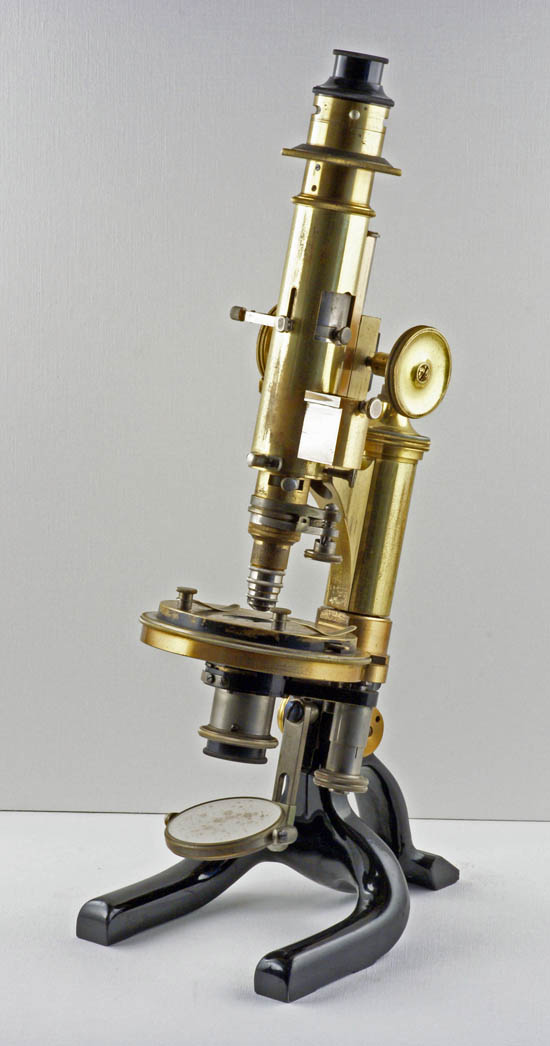Reichert Microscope Serial Numbers Google Search Duitsland En. Microscope National Museum Of American History. R J Beck Compound Binocular Microscope This Is An R J Beck.
Reichert Microscope Serial Numbers Chart
Signed on the backpiece 'C. REICHERT WIEN', and serial number '66881', made 1922. Reichert, Wein microscope, approx 30 cm high Show 9 more like this. Boxed microscope, approx 16.5 cm high, 18 cm wide, 15 cm deep (box). A boxed Cooke Troughton and Simms binocular microscope, with manual. Serial number M20819 Show 4 more like this. An brass microscope under glass bell jar, circa 1920 Show 2 more like this. Tel: 716-686-4500 Fax: 716-686-4555 Email: reichert.information@ametek.com Indications for use The Xcel 255 Slit Lamp is an AC-powered slit lamp biomicroscope that is intended for use in examining the anterior segment, from the corneal epithelium to the posterior capsule. It is used to aid in the diagnosis of diseases or trauma, which affect. Classic Reichert microscope. A fine deco style microscope signed on the tube, 'Reichert, Wein, Nr. 231790, made in Austria'. The serial number dates it to circa 1952. It stands 12' tall in closed position. Coarse focus is rack and pinion, with fine focus via dual micrometer knobs. All are working perfectly.
